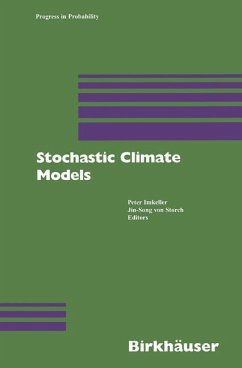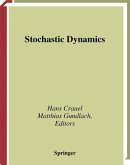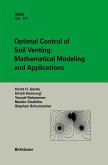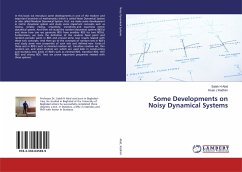The proceedings of the summer 1999 Chorin workshop on stochastic climate models captures well the spirit of enthusiasm of the workshop participants engaged in research in this exciting field. It is amazing that nearly 25 years after the formal theory of natural climate variability generated by quasi-white-noise weather forcing was developed, and almost 35 years after J . M. Mitchell first suggested this mechanism as the origin of sea-surf ace-temperature fluctuations and climate variability, there have arisen so many fresh perspectives and new applications of the theory. The workshop has succeeded admirably in high lighting these new aspects while clarifying the position of stochastic climate modelling within the general framework of climate research and mathematical modelling. The organizers can be congratulated in bringing together leading researchers covering a wide range of scientific expertise, from mathematicians concerned with the derivation of stochastic models from firstprinciples, to app lied climate modellers trying to understand the dynamics of the complex climate system. Following the first burst of stochastic modelling papers in the decade from the mid-seventies to the mid-eighties, in which the viability of the concept was demonstrated using relatively simple conceptual models, there was a lull of work in this field. One awaited the development of more sophisticated climate models with which one could carry out realistic quantitative analyses of the implications of stochastic forcing for the global climate system. Now that these models have become widely available, it is natural that one is witnessing a resurgence of stochastic modelling investigations.
"The proceedings of the workshop on Stochastic Climate Models, held in Chorin in 1999, present an exiting and stimulating summary of probabilistic developments in climate physics. Stochastic processes, stochastic and partial differential equations, random dynamical systems, local and large deviations asymptotic procedures, have comprised the most actice mathematical areas in teh field over the past 30 years, since Klaus Haselmann suggested a climate stochastic model where weather fluctuations randomly force the climate in the same way that fluid modecules forse Brownian pollen particles. . . The structure of the book reflects its aim to review and explain recent matheamtical additions to the list of tools for climate modelling, to help the climate physicists to understand what these tools are about. . . The book is strongly recommended as an excellent source or information and inspiration, both to mathematicians and physicists interested in the field."
---EMS NEWSLETTER
---EMS NEWSLETTER








